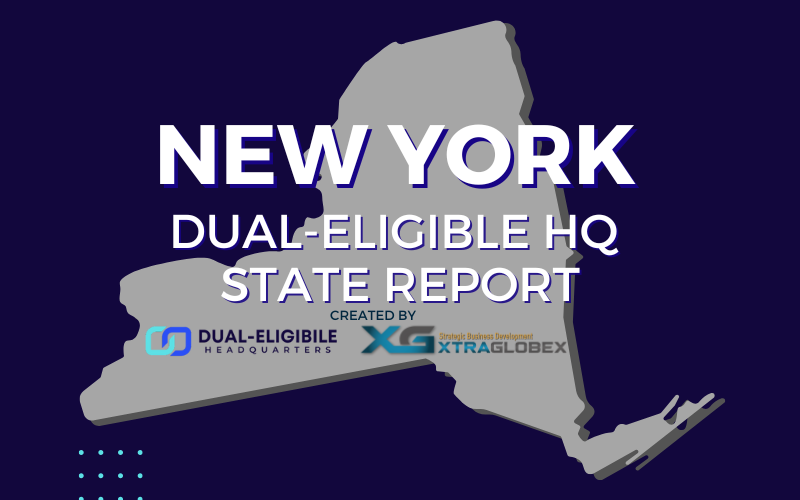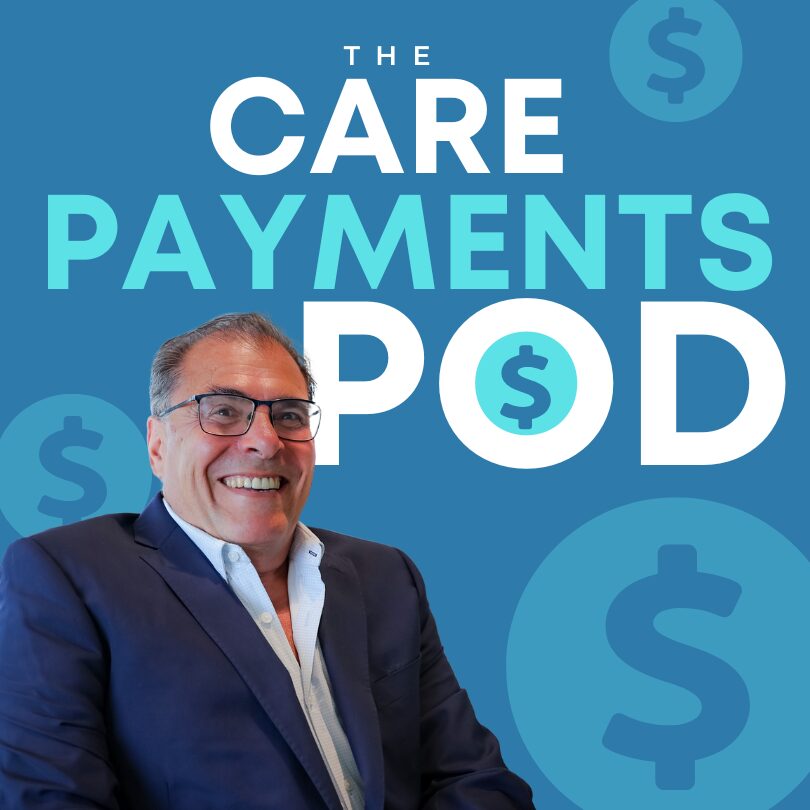Dual-eligible beneficiaries—individuals who qualify for both Medicare and Medicaid—represent one of the most complex patient populations in the U.S. healthcare system. They often have multiple chronic conditions, disabilities, and social determinants of health (SDOH) that make coordinating their care a significant challenge. While Medicare and Medicaid provide necessary benefits, their fragmented nature creates gaps in coverage, inefficiencies, and barriers to care.
For providers, payers, and caregivers, ensuring seamless care coordination for dual-eligible beneficiaries is crucial for improving health outcomes and reducing costs. This article explores the major challenges in care coordination, the impact of fragmented care, and potential strategies to overcome these barriers.
Understanding Dual-Eligibility and Its Complexity
Who Are Dual-Eligible Beneficiaries?
Dual-eligible beneficiaries qualify for both:
- Medicare (federal program for individuals 65+ and some younger individuals with disabilities)
- Medicaid (state-run program for low-income individuals, covering additional services Medicare does not)
These individuals typically fall into two categories:
- Full-benefit dual-eligible – Receive full Medicaid benefits, including long-term care, transportation, and cost-sharing assistance.
- Partial-benefit dual-eligible – Receive help with Medicare premiums and cost-sharing but do not get full Medicaid services.
With their complex health and financial needs, these beneficiaries often require multiple providers, medications, and social services, making care coordination essential yet challenging.
Key Care Coordination Challenges for Dual-Eligible Beneficiaries
1. Fragmentation Between Medicare and Medicaid
Medicare and Medicaid operate under different rules, payment structures, and administrative systems. This fragmentation leads to:
- Conflicting coverage rules – Medicaid might cover certain services Medicare does not, causing confusion about who pays for what.
- Disjointed provider networks – Beneficiaries may see different providers under each program, leading to a lack of communication.
- Billing and reimbursement complexities – Providers may face delays and denials due to inconsistencies between Medicare and Medicaid claims processes.
2. Lack of Care Coordination Across Providers
Since dual-eligible beneficiaries often receive care from multiple providers across different healthcare settings, coordination gaps can arise. Some common issues include:
- No single point of accountability – Without a designated care coordinator, no one oversees the full scope of a patient’s healthcare needs.
- Poor communication – Lack of interoperability between electronic health record (EHR) systems makes sharing patient data difficult.
- Redundant or missed care – Uncoordinated care can result in duplicated tests, unnecessary hospitalizations, or missed preventive care.
3. Challenges with Long-Term Services and Supports (LTSS)
Many dual-eligible individuals rely on Medicaid for LTSS, including home and community-based services (HCBS) or nursing home care. Challenges include:
- Limited access to home-based care – HCBS waiver programs often have long waitlists, forcing beneficiaries into costly institutional care.
- Inconsistent state Medicaid policies – Coverage and eligibility criteria vary by state, making it difficult to standardize care.
- Caregiver strain – Family caregivers often struggle with the financial and emotional burden of coordinating care without adequate support.
4. Social Determinants of Health (SDOH) Barriers
Many dual-eligible beneficiaries face social and economic challenges that impact health outcomes, including:
- Housing instability – Lack of stable housing increases hospital readmissions and prevents effective chronic disease management.
- Transportation barriers – Many struggle to access medical appointments, leading to missed treatments.
- Food insecurity – Poor nutrition contributes to worsened chronic conditions, such as diabetes and heart disease.
5. Difficulty Navigating Benefits and Enrollment
Many dual-eligible beneficiaries struggle to understand their healthcare options due to:
- Complex enrollment processes – Eligibility rules differ for Medicare and Medicaid, making it difficult to determine coverage.
- Frequent changes in plans – Beneficiaries may switch plans due to state policy changes, leading to disruptions in care.
- Limited health literacy – Many individuals need assistance understanding their benefits, resulting in underutilization of available services.
Strategies for Improving Care Coordination for Dual-Eligible Beneficiaries
While these challenges are significant, there are strategies that can enhance care coordination and improve health outcomes for dual-eligible beneficiaries.
1. Integrated Care Models
Integrated care models align Medicare and Medicaid benefits to improve care coordination and reduce costs. Some effective models include:
- Dual-eligible Special Needs Plans (D-SNPs) – Medicare Advantage plans tailored for dual-eligibles that coordinate benefits and provide additional services like care management.
- Program of All-Inclusive Care for the Elderly (PACE) – Provides comprehensive medical and social services for dual-eligible seniors, reducing hospitalizations and nursing home placements.
- Financial Alignment Initiative (FAI) Demonstrations – State-led initiatives that integrate Medicare and Medicaid benefits to streamline care.
2. Enhancing Care Coordination Through Case Management
Assigning care coordinators or case managers can bridge gaps between providers, payers, and social services. Effective case management includes:
- Care transition support – Assisting beneficiaries during hospital discharges to prevent readmissions.
- Medication management – Ensuring proper medication adherence to reduce complications.
- Personalized care plans – Developing holistic, patient-centered care plans that address medical and social needs.
3. Strengthening Data Sharing and Interoperability
Improving health information exchange can enhance care coordination by:
- Integrating EHRs across Medicare and Medicaid providers – Ensuring all providers have access to comprehensive patient data.
- Utilizing Health Information Exchanges (HIEs) – Facilitating real-time data sharing across care settings.
- Implementing predictive analytics – Identifying high-risk beneficiaries who need proactive interventions.
4. Expanding Access to Home and Community-Based Services (HCBS)
Enhancing HCBS can improve quality of life and reduce reliance on institutional care by:
- Expanding Medicaid waiver programs – Increasing funding and availability of HCBS options.
- Supporting family caregivers – Providing caregiver training, respite care, and financial assistance.
- Improving access to telehealth – Using virtual care for routine visits, chronic disease management, and mental health support.
5. Addressing Social Determinants of Health (SDOH)
Integrating social services with healthcare can improve overall well-being by:
- Providing transportation solutions – Expanding Medicaid non-emergency medical transportation (NEMT) services.
- Enhancing housing support – Connecting beneficiaries to stable housing programs.
- Expanding food assistance programs – Partnering with community organizations to address food insecurity.
Conclusion
Navigating care coordination challenges for dual-eligible beneficiaries requires a multifaceted approach that integrates healthcare, social services, and policy reforms. Addressing fragmentation, enhancing case management, leveraging data interoperability, and expanding access to community-based care can significantly improve health outcomes and reduce costs.
Stakeholders—including policymakers, healthcare providers, insurers, and community organizations—must work collaboratively to streamline processes and ensure that dual-eligible beneficiaries receive the comprehensive, high-quality care they need. By adopting innovative care models and prioritizing patient-centered approaches, we can transform the care experience for this vulnerable population.
For more insights and resources on dual-eligible beneficiaries, visit DualEligibleHQ.com.






